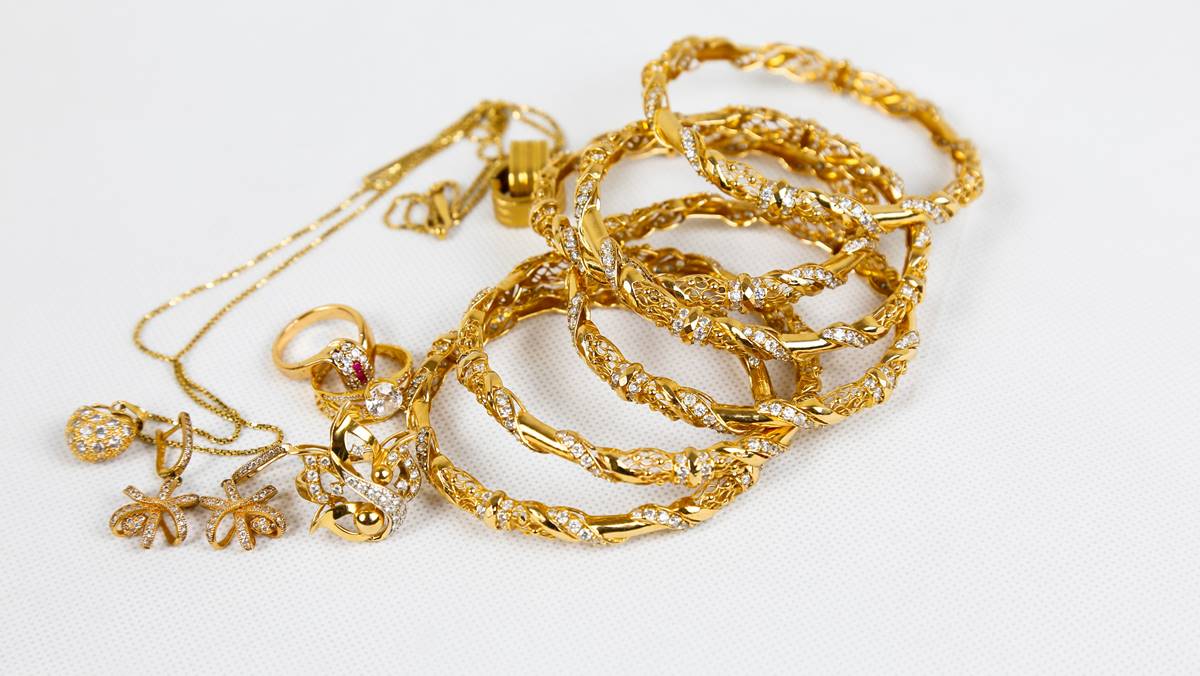In the upcoming year, the economic outlook for most of the world looks set to be a rocky path, with retail likely being one of the first industries to feel it. Rising inflation is pushing up the prices of both everyday necessities and luxury desirables. At the same time, supply chain disruption negatively impacts operations, encouraging some retailers to push prices up even further.
It’s important to note that gold demand can be influenced by factors such as economic conditions, cultural practices, festivals, and consumer preferences. The COVID-19 pandemic and its economic impact may have also affected gold jewelry demand in various regions.
US jewelry demand was the strongest for 12 years at 149t (+26%). The value of annual demand was the highest in our series by some margin, at US$8bn. All four quarters saw healthy year-on-year growth, with Q4 demand up 9% year-on-year and 8% higher than the same quarter of 2019. Demand growth was generally considered to be due to the lack of competition for discretionary spending, given the ongoing lull in spending on travel and entertainment. Postponed weddings that were rescheduled to the most recent quarter also had an impact.
A contributing factor to robust demand volumes was the healthy interest in plain gold items, including heavy chains, and the continued dominance of 14-carat pieces, with the very low 6- and 1-carat ranges having failed to gain traction.
Jewelry demand in Europe continued its recovery in 2021 but fell short of pre-pandemic levels. Annual demand for the region grew 21% to 68t. Fourth-quarter demand was broadly in line with pre-pandemic averages, but the continued interference from restrictions to combat the spread of COVID prevented a full recovery in demand across the region.
The answer? Leverage the power and potential of 2023’s biggest trends to provide consumers with new and exciting experiences that will keep them coming back.
Humans have worn jewelry for many thousands of years. It is one of the most ancient and enduring forms of personal expression. Whether it’s a luxurious diamond necklace or a simple charm bracelet, jewelry can make the wearer instantly feel more confident and stylish. In 2022, the global luxury jewelry market amounted to about 28 billion euros. Globally, the lion’s share of the jewelry and watch market revenue generated in 2022 is attributed to three countries: China was the largest, followed closely by India and the United States.
Asia: Asia, particularly countries like India and China, traditionally represents a significant portion of global gold jewelry demand. Cultural practices, such as weddings and festivals, contribute to robust demand in these regions.
Middle East: The Middle East, including countries like Saudi Arabia and the United Arab Emirates, has a strong cultural affinity for gold, with gold jewelry being a popular choice for weddings and other celebrations.
North America: In North America, gold jewelry demand is influenced by consumer preferences, economic conditions, and cultural factors. While not as culturally ingrained as in some other regions, gold remains a symbol of luxury and wealth.
Europe: European countries also contribute to global gold jewelry demand, with preferences varying across different nations. Some countries have a strong tradition of gold jewelry, while others may lean towards other precious metals or contemporary designs.
Africa: Several African countries, including South Africa and Egypt, have a history of gold production and consumption. The demand for gold jewelry in Africa can be influenced by both cultural and economic factors.
Latin America: Latin American countries, such as Brazil and Mexico, also contribute to global gold jewelry demand. Economic conditions and cultural preferences play a role in shaping the demand for gold in this region.
